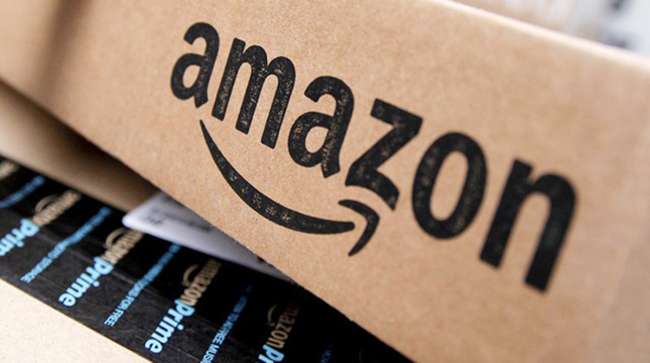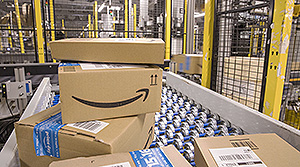Amazon Spends $15 Billion to Help Merchants in Charm Offensive

[Stay on top of transportation news: Get TTNews in your inbox.]
Amazon.com, criticized for wielding too much power over third-party merchants on its marketplace, said it will spend some $15 billion this year to help them boost sales.
The sum, which Amazon hasn’t previously disclosed, includes spending on portions of the company’s warehouse network dedicated to storing and shipping sellers’ items as well as salaries for the engineers, managers and support staff who operate the digital marketplace and deal with individual merchants. It also includes the cost of developing new services, such as a dashboard that helps sellers decide what new products to carry, and a revamped training program.
Nicholas Denissen, a vice president, declined to say how the company’s anticipated $15 billion in spending had changed from 2018 or what portion of Amazon’s companywide expenses it represents. “I would say it’s a lot of money,” he said.

Packed boxes pass along a conveyor belt at the Amazon Robotic Fulfilment center in Tilbury, Essex, U.K. (Jason Alden/Bloomberg News)
Besides buying and selling goods itself, Amazon has for more than a decade rented space on its website to third-party sellers — many of them mom-and-pop merchants — who last year accounted for 58% of the company’s unit sales.
Many of these sellers have built profitable businesses on Amazon, but some have complained in recent years about the rising costs of using the company’s logistics network and buying ads to stand out on the increasingly cluttered website. Some have tried to reduce their reliance on the site by selling their wares on Walmart.com and eBay but are resigned to the fact that Amazon generates most of their sales.
Denissen said Amazon has been responsive to seller feedback. “I can’t think of one meeting or one day I’ve been in where somebody isn’t obsessing or fighting on behalf of selling partners,” he said.
The Seattle-based company’s relationship with independent sellers has also drawn scrutiny amid a broader examination of whether U.S. tech giants are violating antitrust law. The European Union is investigating whether Amazon is shortchanging smaller merchants. In the U.S., the Federal Trade Commission has spoken to at least one Amazon seller, and the regulator’s chairman said he would be interested in hearing from more.
Amazon in the past few years has made merchants fixtures of its marketing and lobbying campaigns, an effort to portray itself as a friend of the little guy rather than a behemoth putting Main Street shops out of business. Denissen, who for the past few years oversaw new programs geared toward small and craft sellers as vice president of “marketplace business,” took on a new title in July as vice president of “small business.”
“Think of me a little bit as the voice of small businesses,” inside Amazon, he said.
This year the company rolled out reduced storage fees for sellers who take Amazon’s suggestions on inventory levels and a program that automates pricing while guaranteeing merchants a minimum price. One service, a seller performance dashboard, is designed to warn sellers who aren’t meeting Amazon standards before cutting them off. The company has released more than 150 new tools, including programs made widely available after initial launches in the U.S.
“Their success is our success,” Denissen said of Amazon’s sellers. “We’d be more than stupid to not listen to them, or ignore any concerns that they have.”




